TDG #016: A Photo Walk through San Cristóbal de las Casas
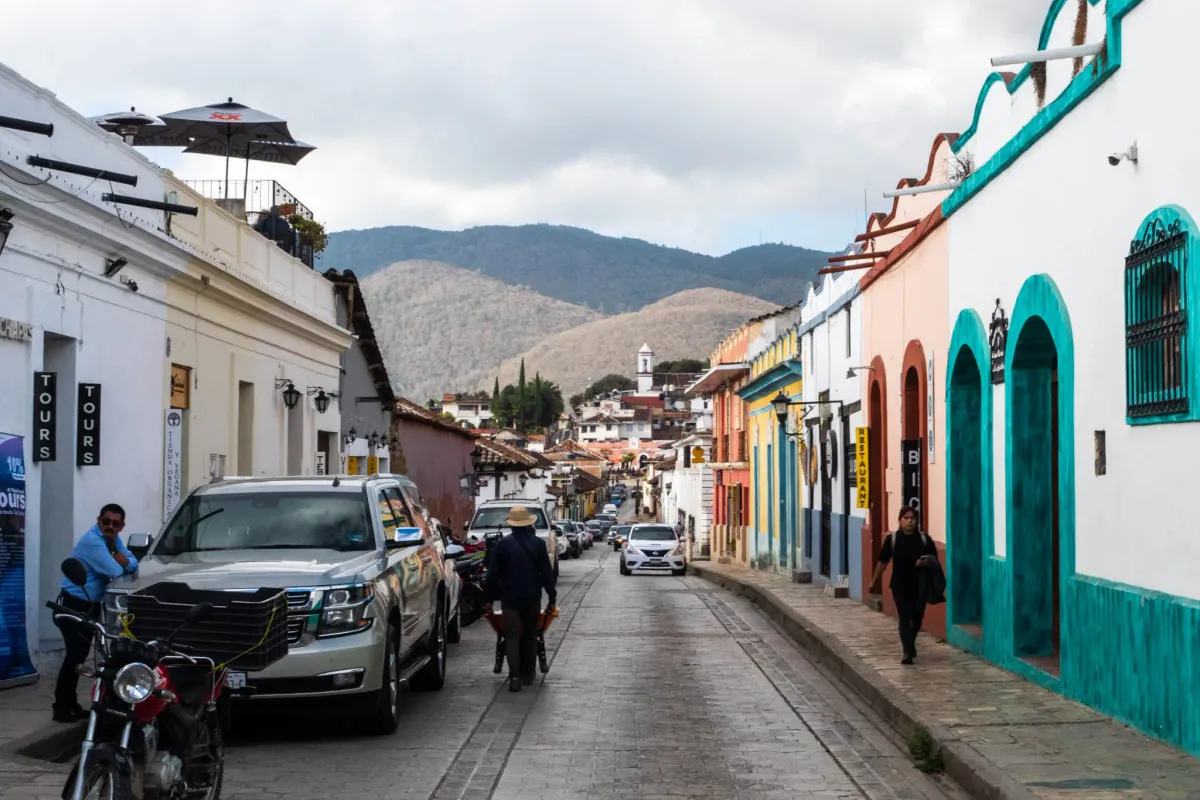
Welcome to another edition of The Daily Grog newsletter. We're taking a photo walk through San Cristóbal de las Casas this week.
Typically I'd start with a few establishing pictures of the city and attempt to weave a narrative through the imagery. But this time around, I think two images need to come first.
Aborto Libre
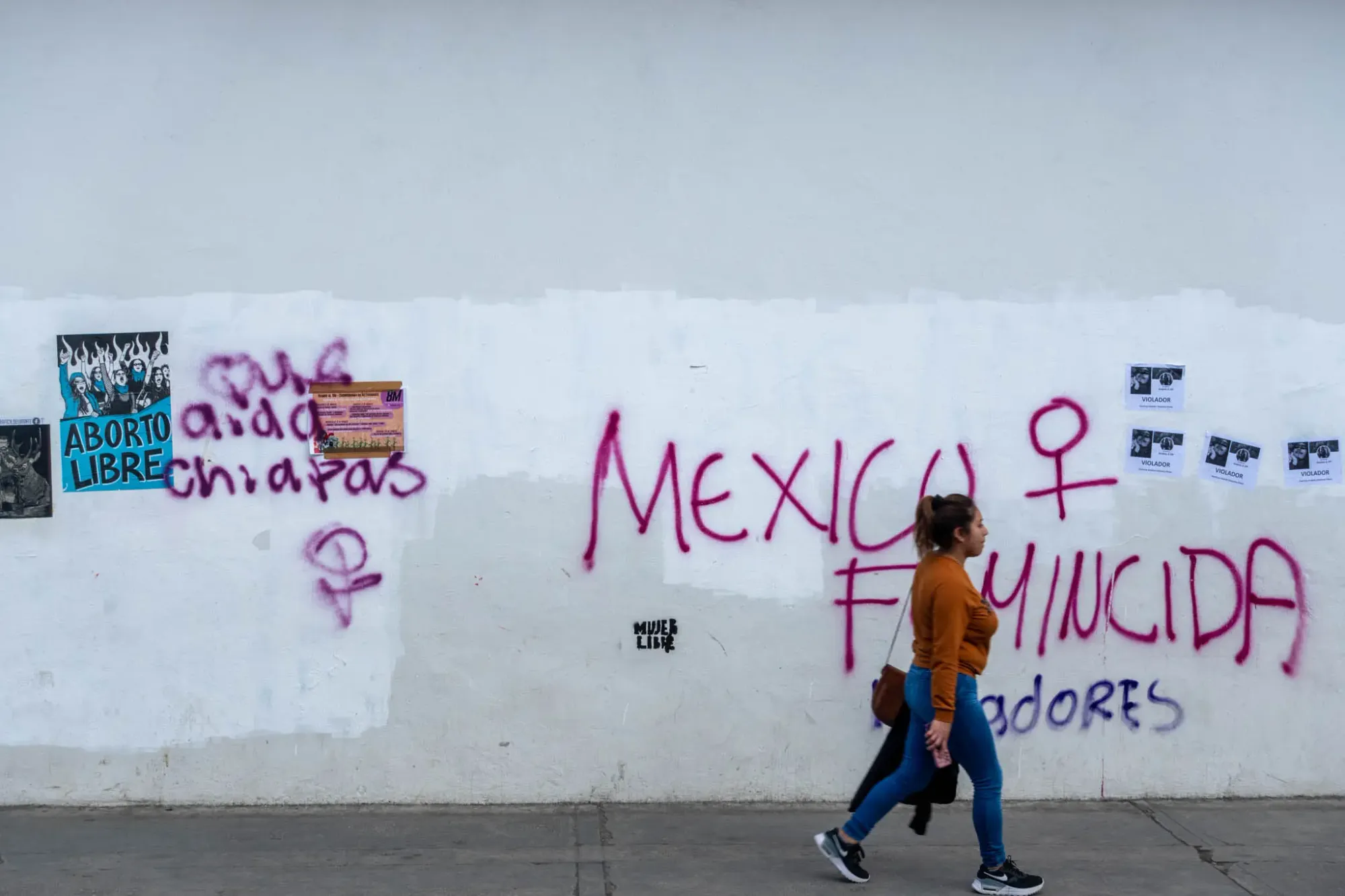
Throughout the city, we would see graffiti and posters on surfaces condemning "feminicida" and calling for "aborto libre." The walls would be repainted to cover the graffiti a day or two later. In another few days, the same messages would be back.
The Water Thieves
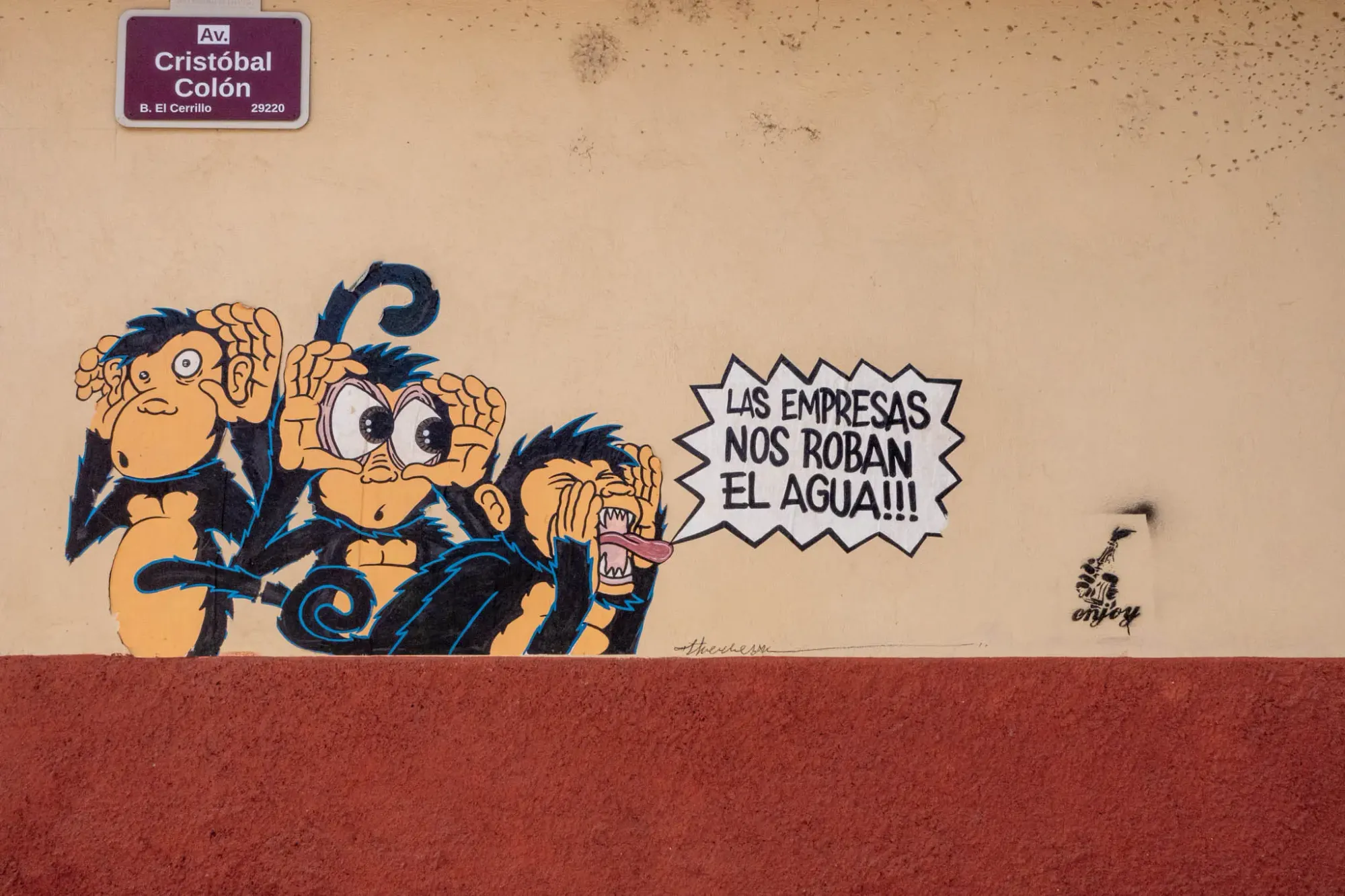
The text in the mural translates to "the companies steal our water." In 1994, a Coca-Cola factory was built in San Cristóbal, plundering the water supply and devasting the community's health. The New York Times wrote up a good report on the Coca-Cola problem in San Cristóbal a few years ago. From the NYT:
"Residents of San Cristóbal and the lush highlands that envelop the city drink on average more than two liters, or more than half a gallon, of soda a day."
"The mortality rate from diabetes in Chiapas increased 30 percent between 2013 and 2016, and the disease is now the second-leading cause of death in the state after heart disease, claiming more than 3,000 lives every year."
"The plant has permits to extract more than 300,000 gallons of water a day as part of a decades-old deal with the federal government that critics say is overly favorable to the plant's owners."
"Coca-Cola pays a disproportionately small amount for its water privileges — about 10 cents per 260 gallons."
San Cristóbal de las Casas
San Cristóbal is a small mountain town in southern Mexico where Steph and I spent most of March. It's the type of city with some magnetic, gravitational force that pulls you in and keeps you there. The funny thing was we heard the same sentiment from many people, locals and ex-pats alike - folks find themselves settling into this mountain town and finding it hard to leave.
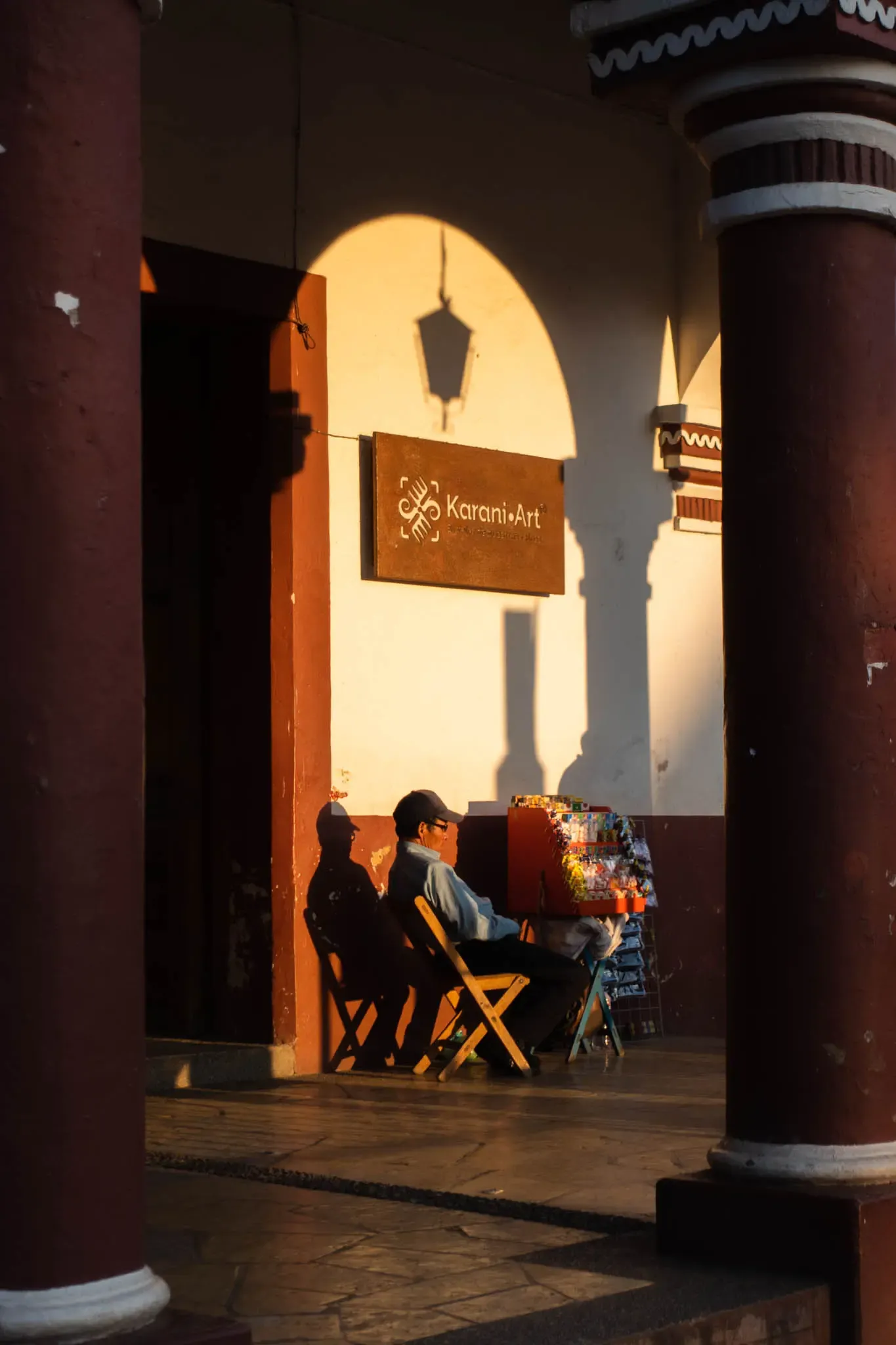
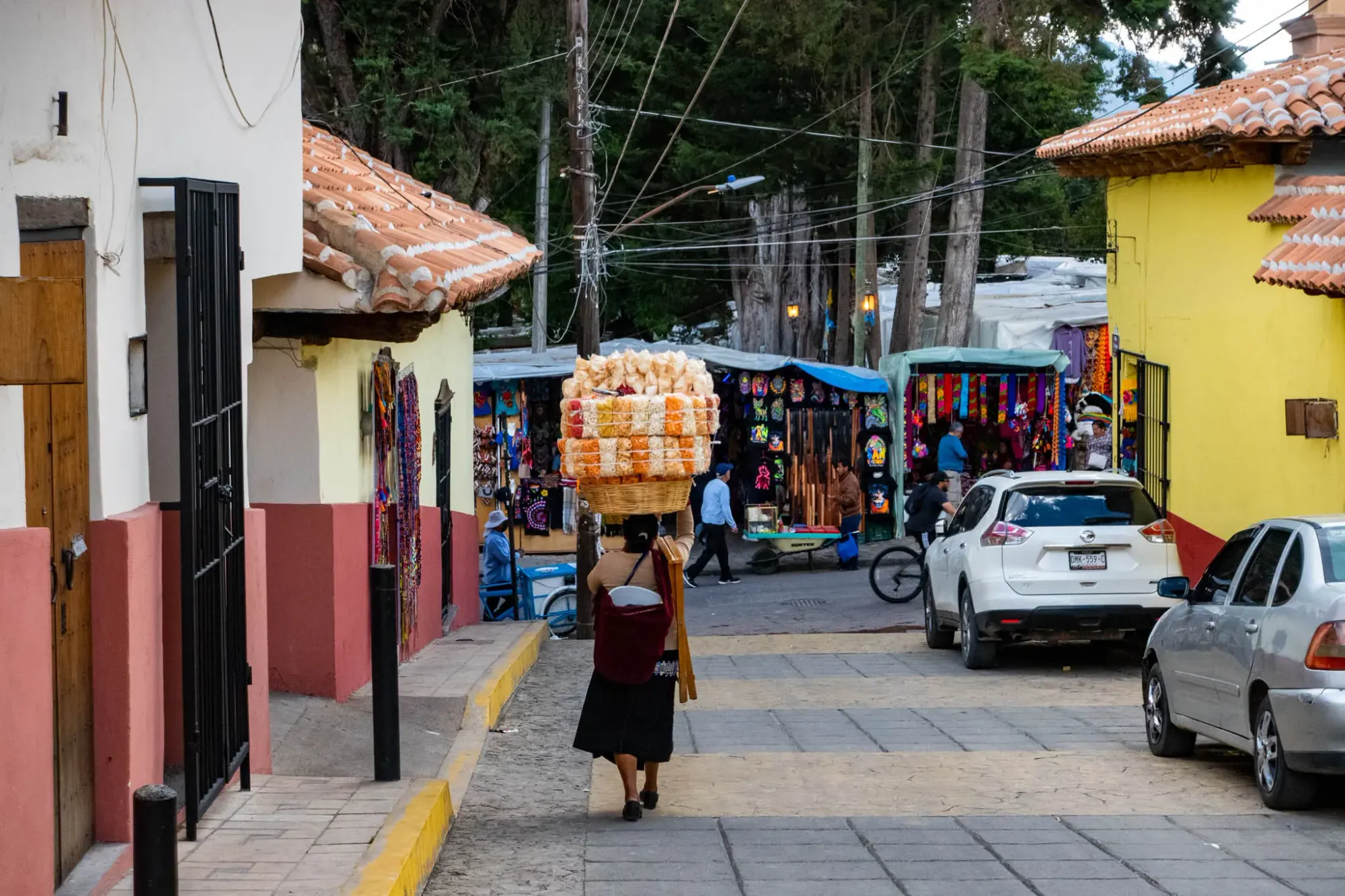
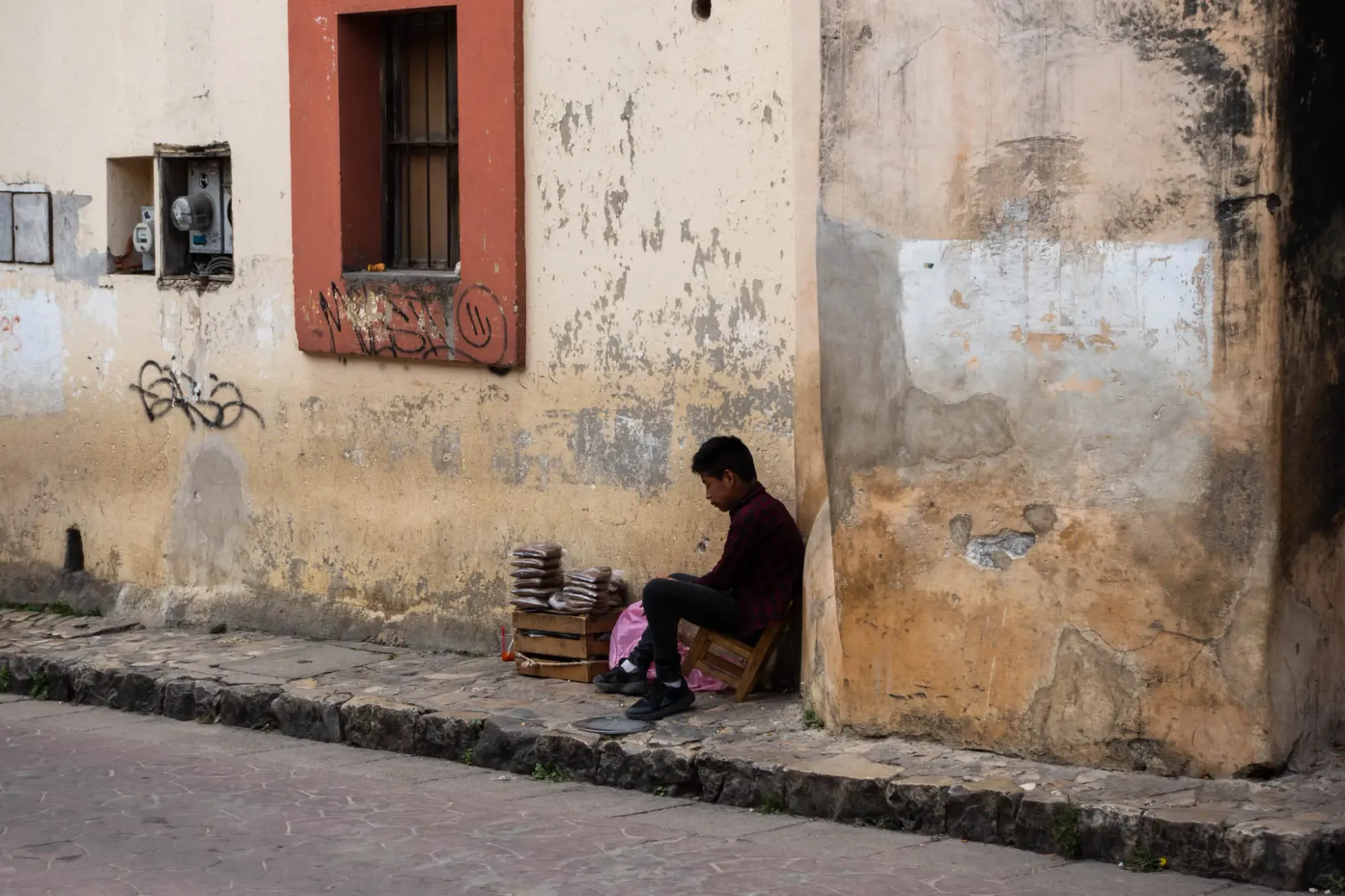
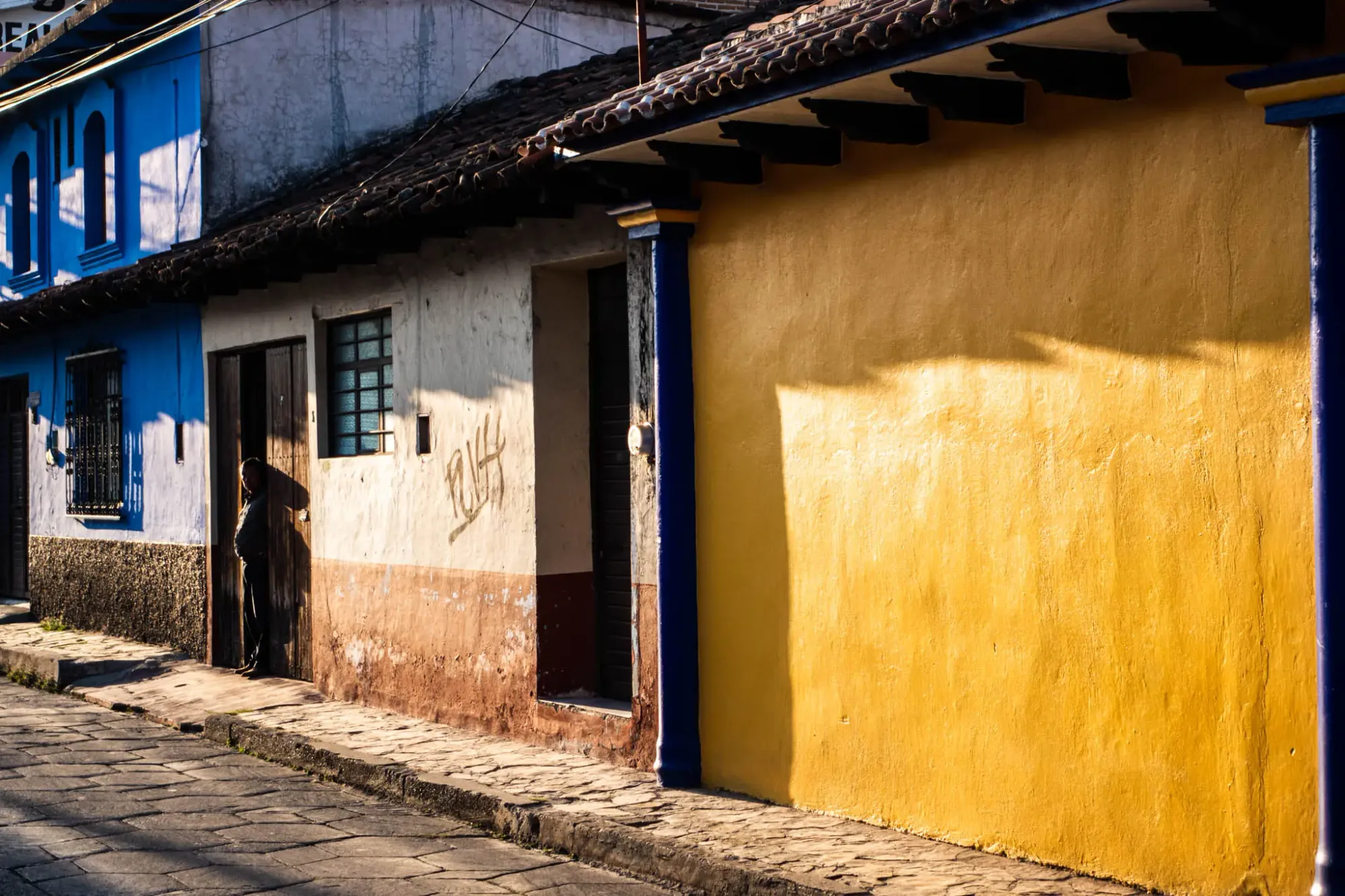
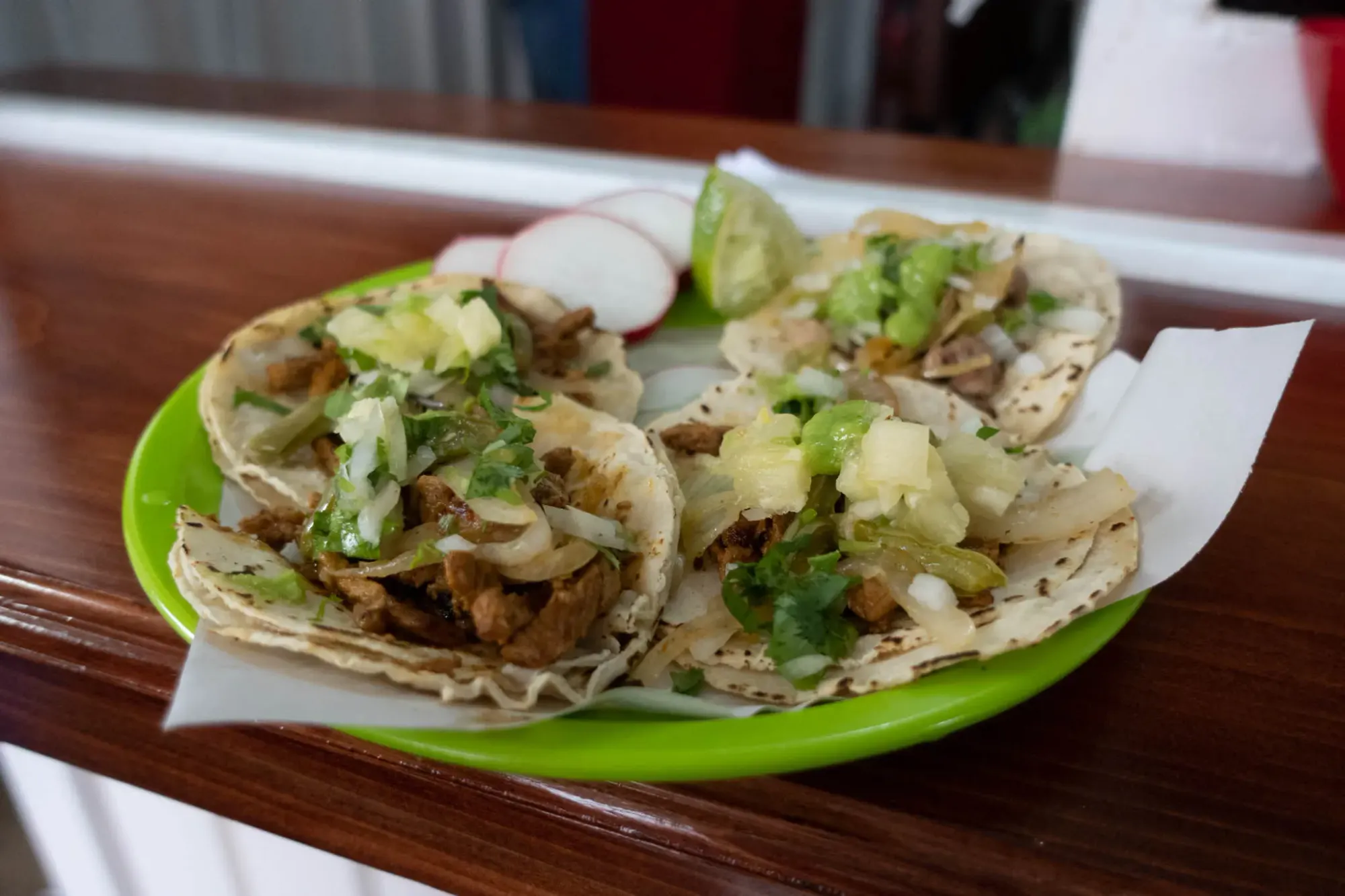
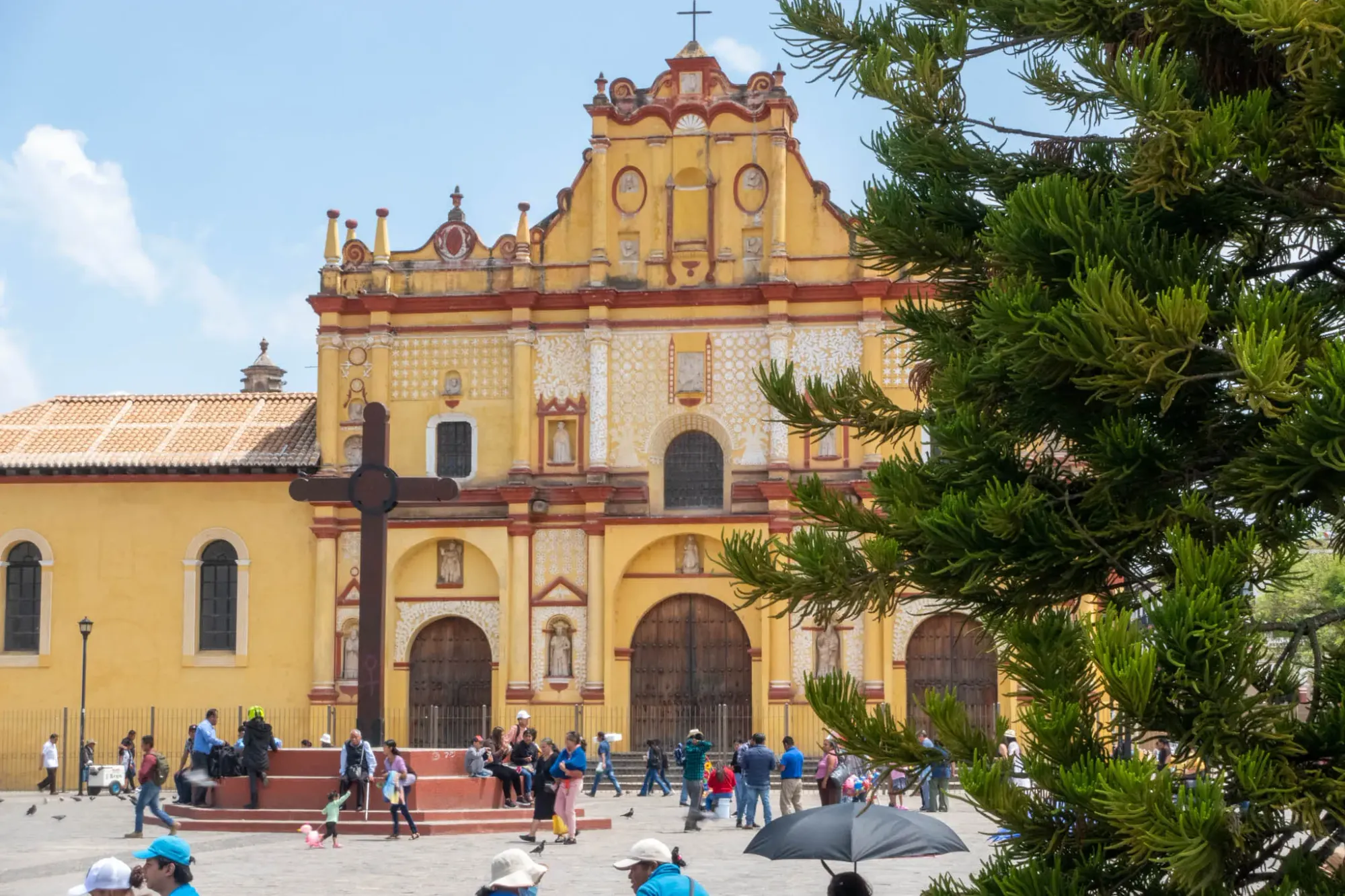
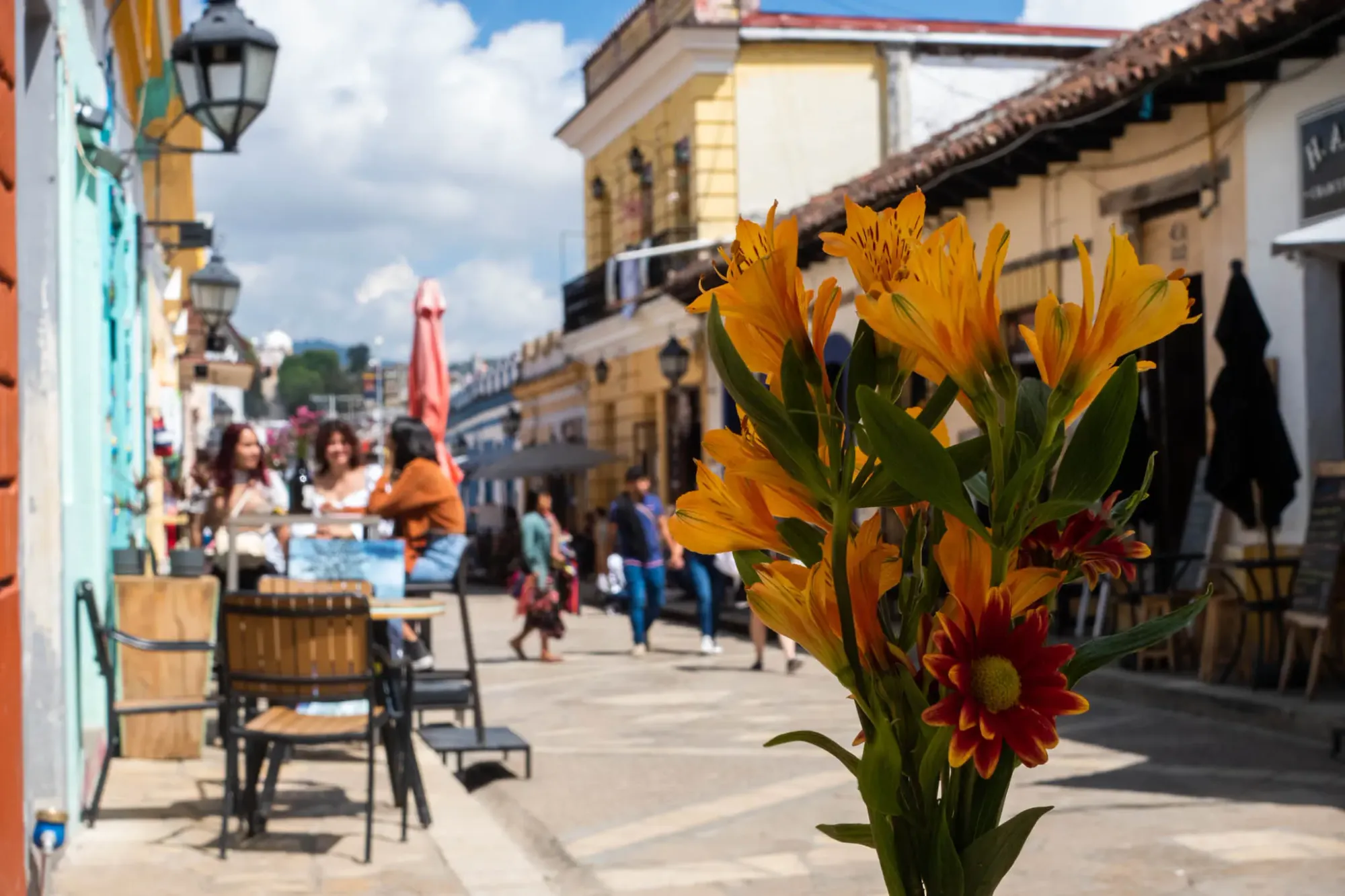
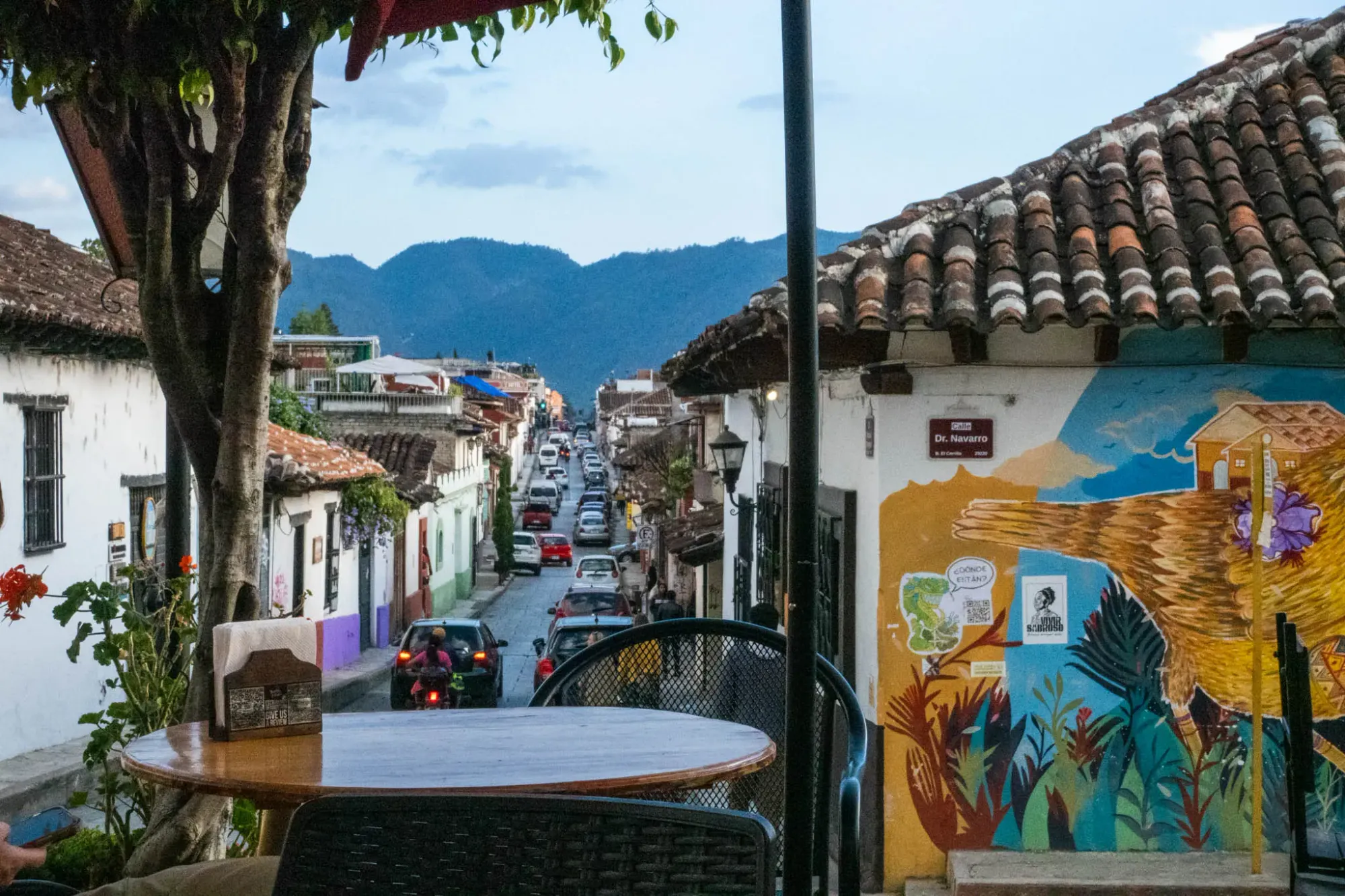
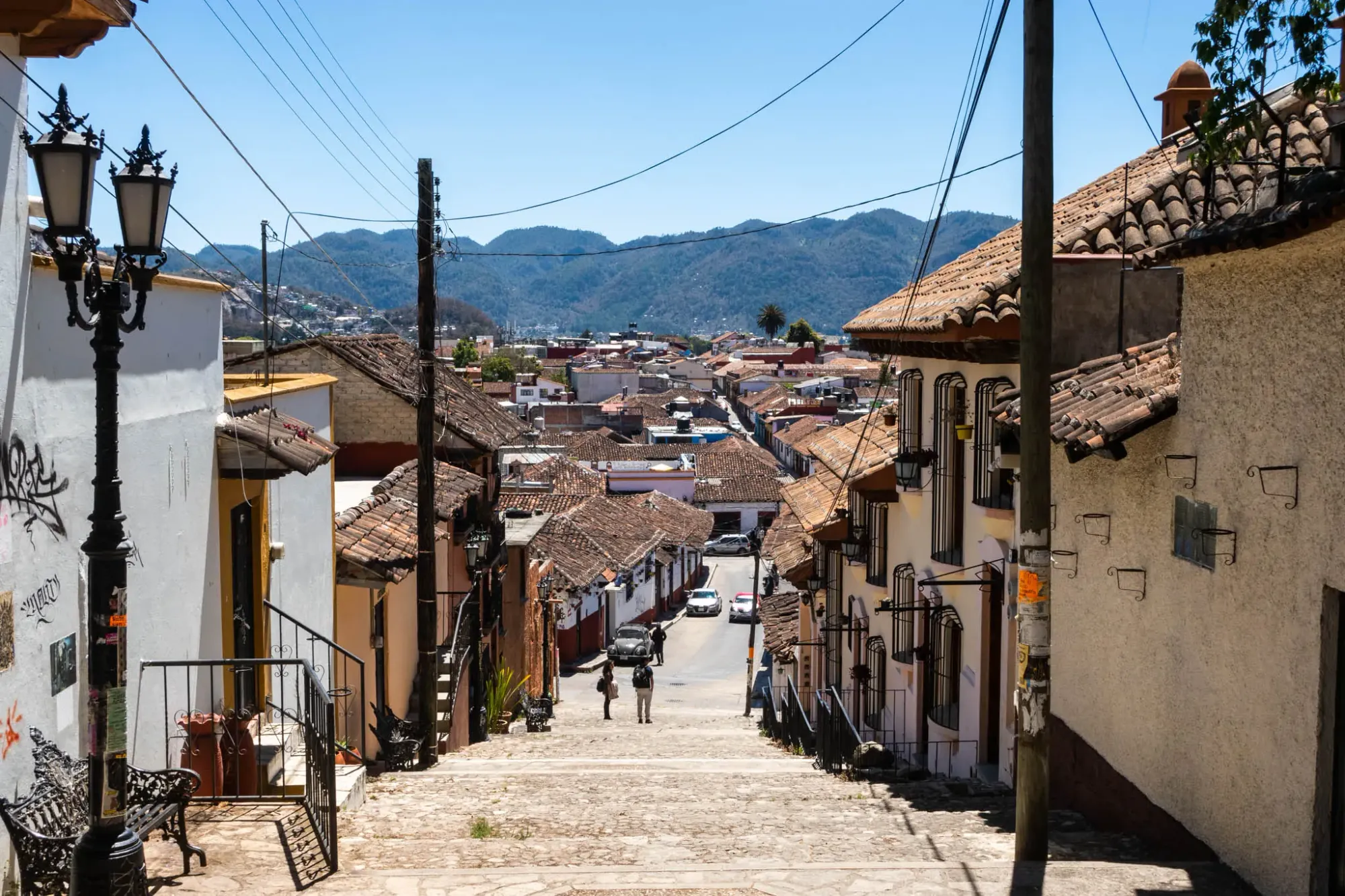
The Mixing of Pasts
What's different about San Cristóbal, compared to other Mexican cities I've been to, is its incredibly strong and proud tie to its Mayan roots. It's made evident by the abundant art, textiles, and artisans throughout the city, mixing the region's Mayan and colonial Spanish past.
Over half the city speaks either Tzotzil or Tzeltal, two indigenous languages of the region. Often, Spanish isn't even the first language taught here. And in many of the Catholic churches here, Mayan rituals are performed.
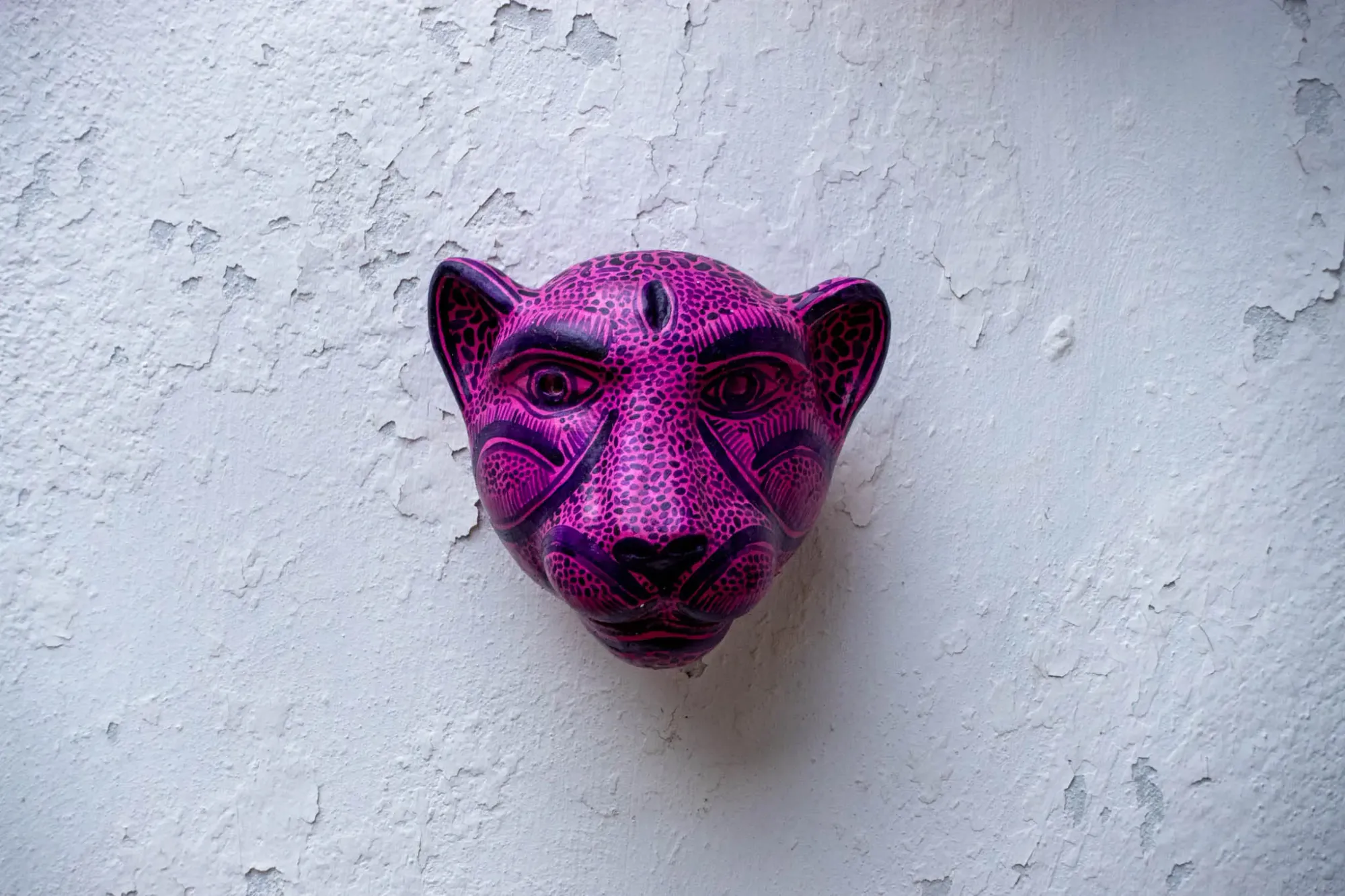
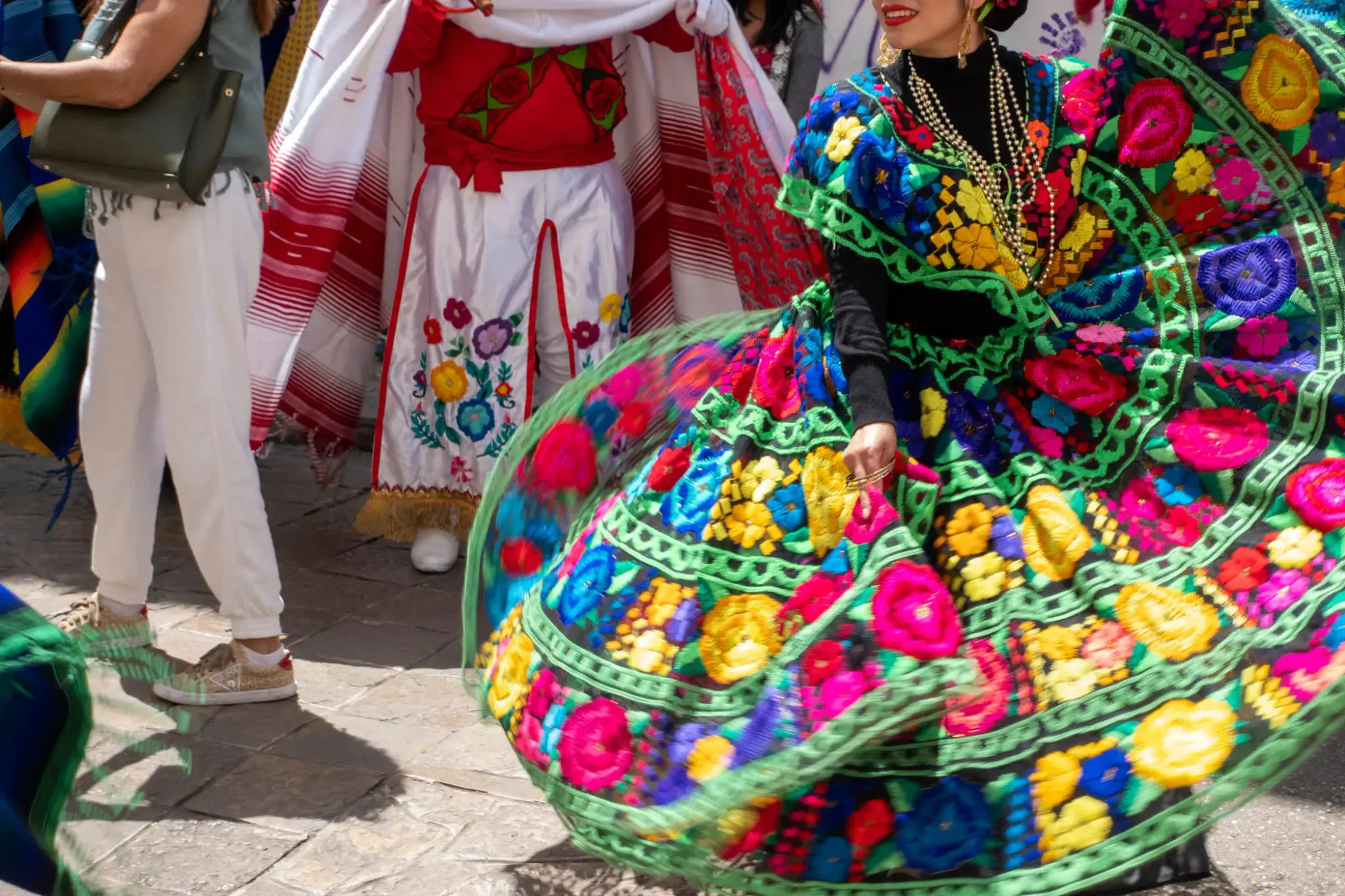
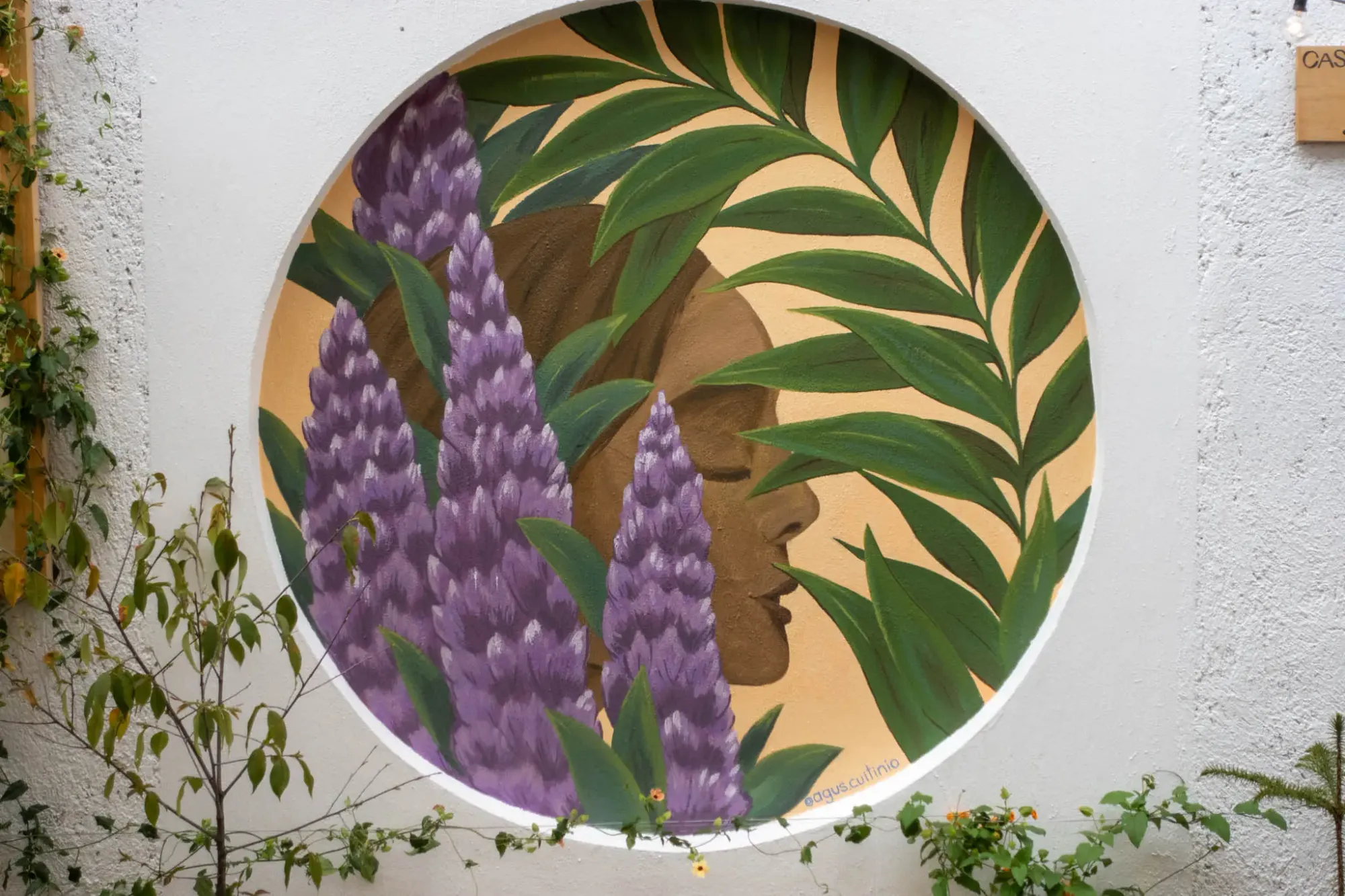
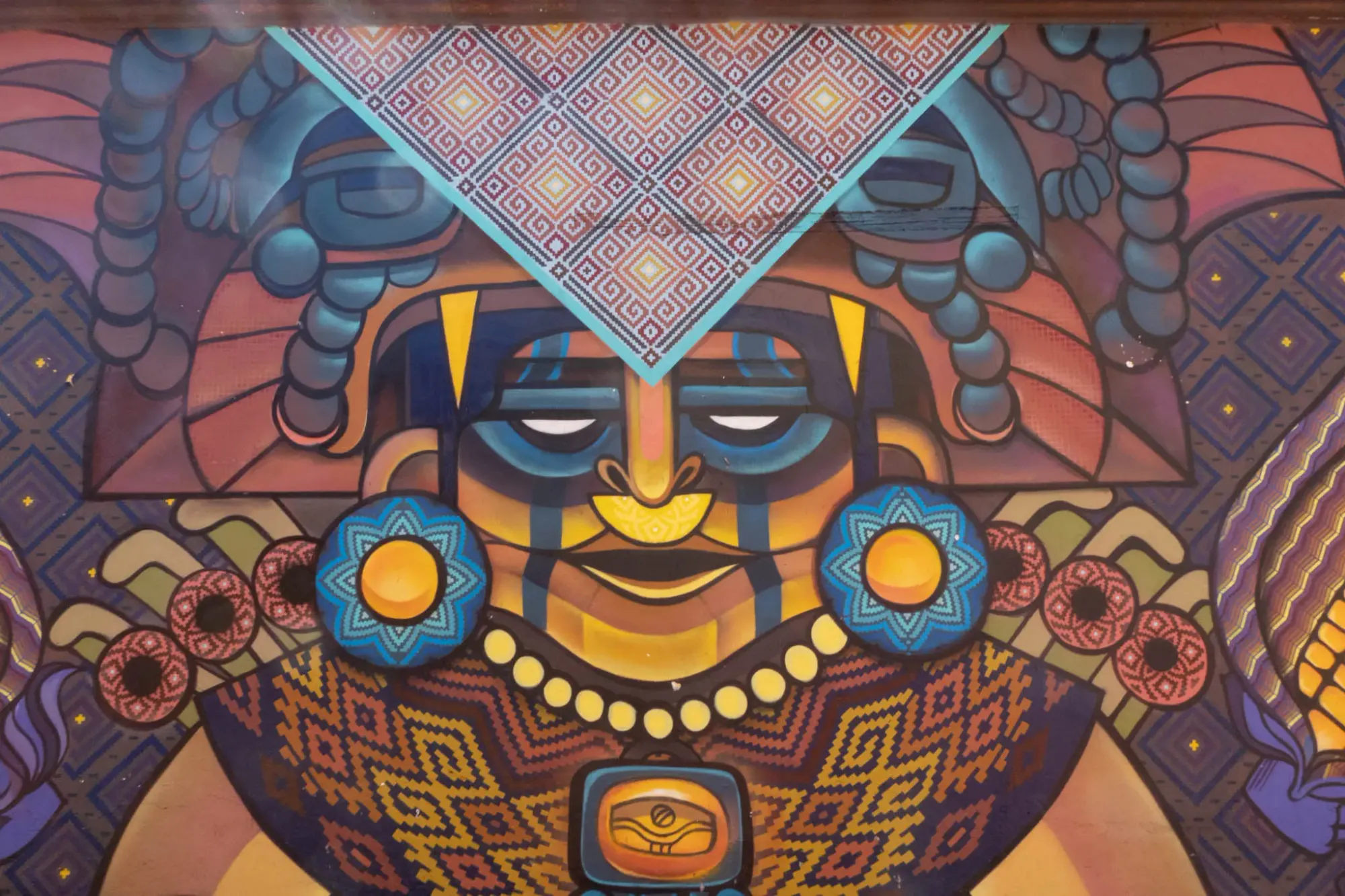
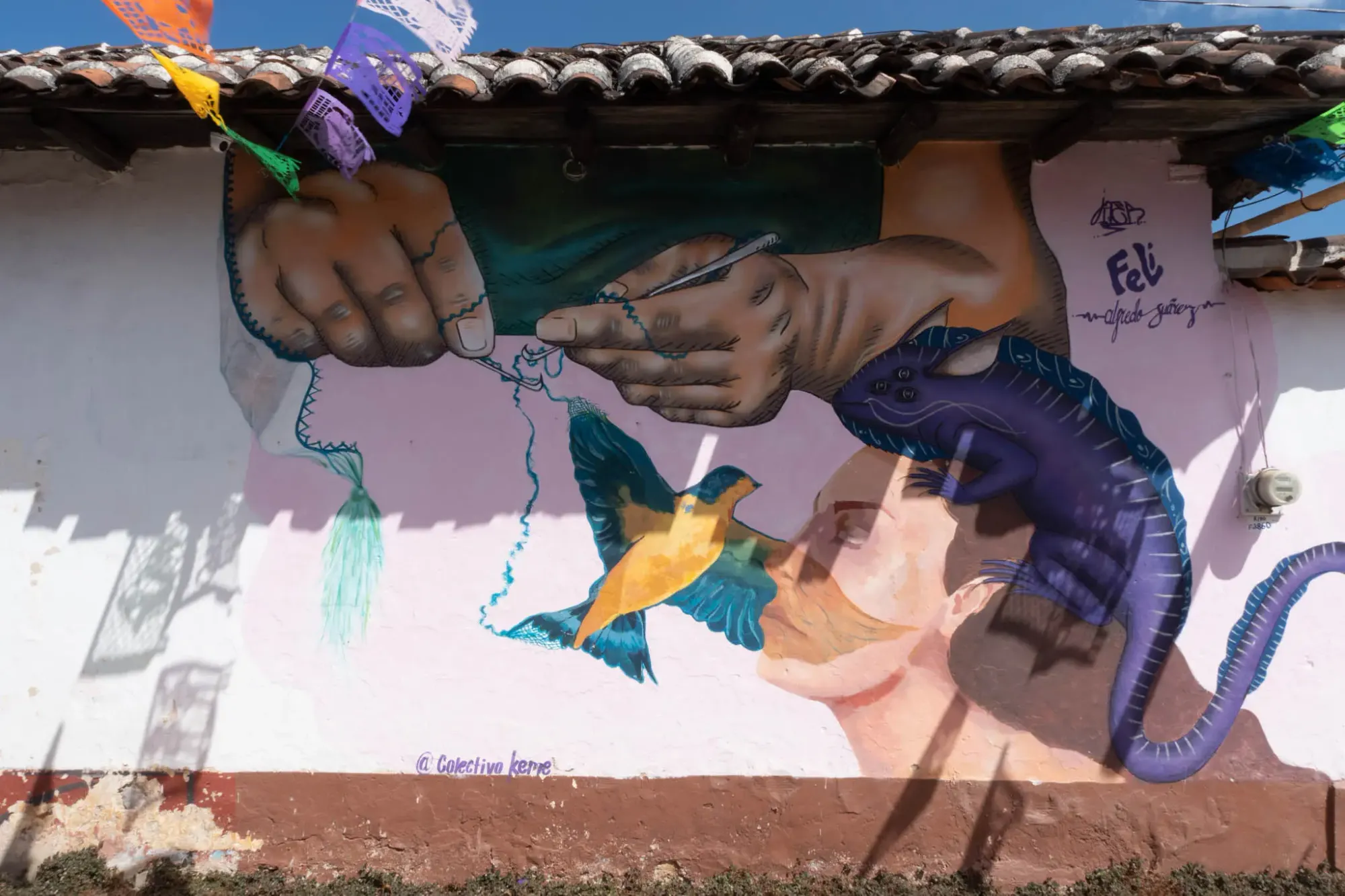
Thanks for following along, that's all for now. See you next week!
Cheers,
Skylar
